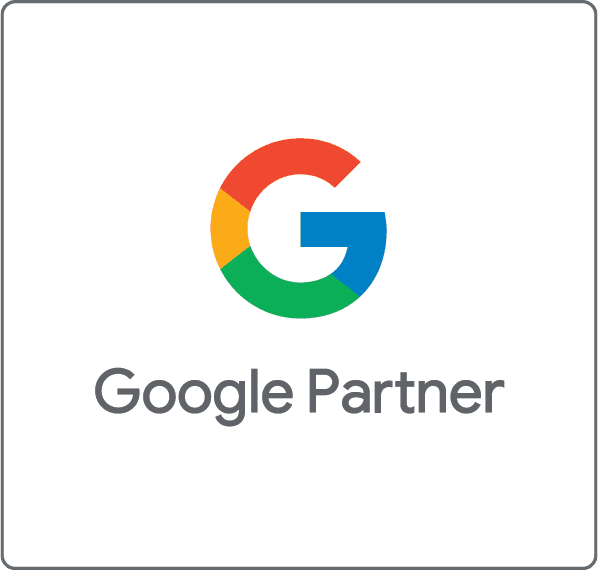Healthcare marketing websites are a necessary tool for communicating the benefits of your healthcare service to your potential clients. In today’s digital world, healthcare marketing is not just about providing healthcare services, but it is also about creating brand value and awareness. In order to create effective healthcare marketing websites, it is important to consider various factors such as search engine optimisation (SEO), user experience (UX), and content strategy. In this article, we will cover how to write complete professional, informative SEO-friendly and entirely SEO-optimised content for healthcare marketing websites.
Importance of SEO for Healthcare Marketing Websites
When building a healthcare marketing website, SEO is the first thing to consider. SEO is an essential tool in ensuring that your website ranks high on search engines such as Google, Bing and Yahoo. Ranking high in search engines is crucial in reaching out to potential clients and driving traffic to your website.
To achieve SEO success for your healthcare website, you have to conduct thorough keyword research. Keyword research allows you to identify the words and phrases that potential customers are most likely to use when searching for your healthcare service. Once you have identified your keywords, you can then use them throughout your website’s content in a natural and meaningful way.
SEO Content Strategy for Healthcare Marketing Websites
To create a successful healthcare marketing website, the content strategy is essential. Your content strategy should include keyword selection, persona definition and content planning.
Keyword Selection
Keyword selection is an essential part of your content strategy as it helps in identifying the phrases and keywords that your target audience is using to find your healthcare service. The keywords should be relevant and focus on medical specialties and ailments. You should also consider long-tail keywords as they are more specific and have less competition. Long-tail keywords also have higher conversion rates because they are more likely to be used by people who are ready to take action.
Persona Definition
Persona definition involves identifying the characteristics of your target audience such as age, gender, educational background, income and language preferences. This will help you to tailor your content and communication style to what resonates with your audience.
Content Planning
A content strategy for your healthcare marketing website should have a balance between educational and promotional content. You should include blog posts on health-related topics, case studies, testimonials, infographics and videos to provide valuable information to your audience. You should also include promotional content such as promotions, offers, and discounts.
Elements of SEO-Optimised Content
Headlines
Headlines serve as the first point of contact between your audience and your website. They should be attention-grabbing while also including your keyword. Aim to write headlines that are 50 to 60 characters to ensure they fit within Google’s search results.
Meta Descriptions
Meta descriptions are short summaries of content that appear below the headline within search engine results. It is important to make the meta description compelling enough to attract potential clients while also including your keywords and phrases.
H1 tags
H1 tags are used to describe the main heading of the page. Include your keyword in the H1 tag as search engines view them as an indicator of what the page is about.
Body Text
The body text is the largest section of your website content, so here you have the opportunity to include your primary and secondary keywords. Avoid overstuffing your content with repetitive keywords as it can harm your website’s ranking.
Images
Images are a great way to break up text, make your content more engaging and create interest. Make sure to add alt-tags to all images to help with accessibility and search engine optimisation.
Conclusion
Writing effective content for healthcare marketing websites requires careful planning and execution. By following this guide, you can create a content strategy that will increase your website’s search engine ranking and engage your target audience. Remember, quality and relevance are the most important factors to consider when creating SEO-optimised content.























